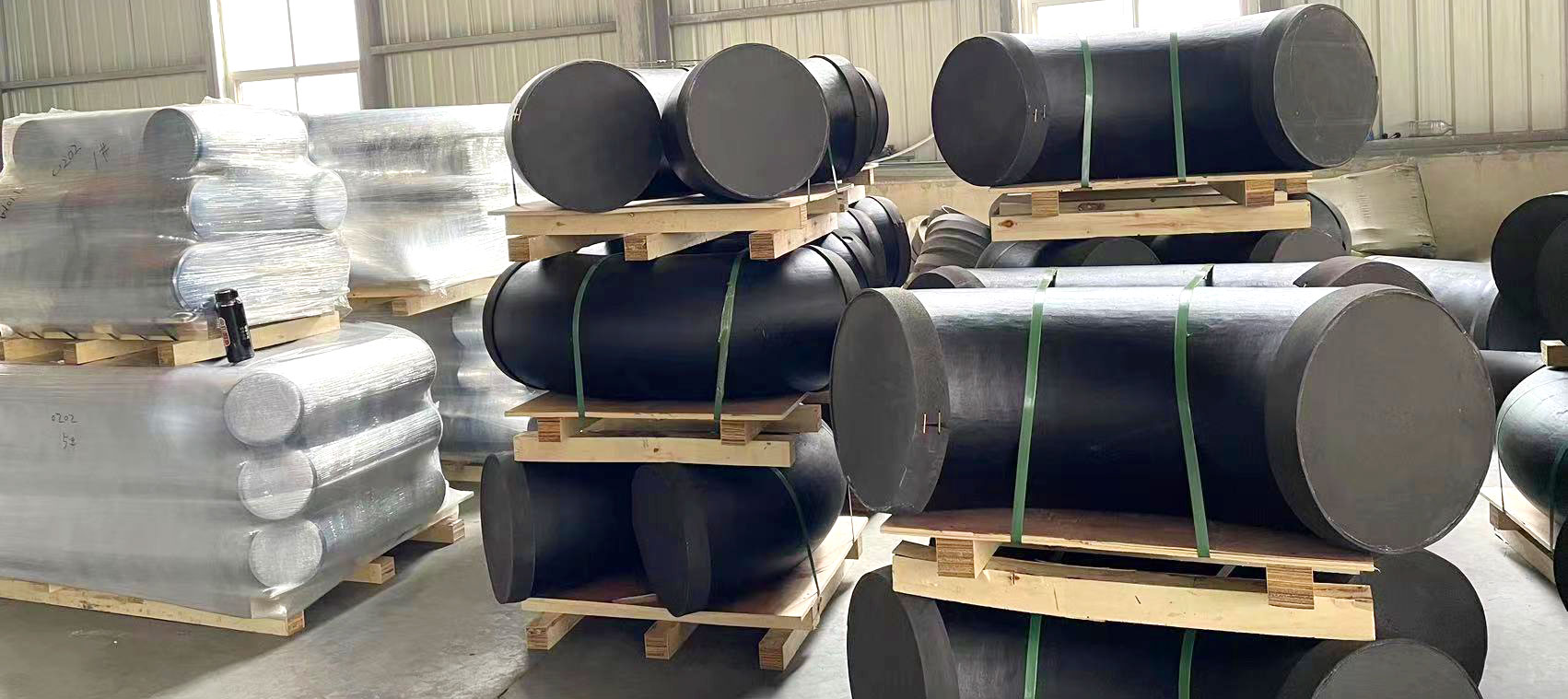Share this
1. Packaging and Labeling: Pipe fittings should be properly packaged to protect their surfaces from damage. Packaging materials should be sturdy enough to withstand the bumps and pressures that may occur during transportation. Each package should be clearly labeled with the sender’s and recipient’s information, including addresses and contact details, to ensure accurate delivery.
2. Mode of Transport: Select an appropriate mode of transport based on the size, weight, and destination of the pipe fittings. This may include road, sea, air, or rail transportation. Additional protective measures may be necessary for fragile or special materials.
3. Documentation and Permits: Prepare all necessary documents and permits according to the regulations and requirements of the destination country/region. This may include export permits, commercial invoices, packing lists, etc.
4. Transportation Insurance: Consider purchasing appropriate transportation insurance to obtain compensation in case of loss or damage to the goods during transportation.
5. Delivery Time and Tracking: Determine the precise delivery time and coordinate with the transportation company to ensure timely delivery of the goods. Meanwhile, keep track of the transportation status of the goods and promptly address any issues or delays that may arise.
6. Customer Notification: Before shipment, notify the customer that the goods have been dispatched and provide relevant tracking information so that the customer can prepare to receive the goods in a timely manner.
7. After-sales Service: Ensure excellent after-sales service, including handling customer complaints, processing claims for damaged goods, etc.

